There are certain foods to avoid while taking metformin. This is especially for people who develop severe gastrointestinal symptoms after taking metformin.
Most people who use metformin have one or more of the following symptoms when they take metformin:
- Diarrhea
- Constipation
- Nausea
- Abdominal pain
- Indigestion
- Flatulence
- Vomiting
However, nausea and diarrhea are the most common gastrointestinal-related side effects of metformin [Ref]. Certain foods may worsen these symptoms.

Why do you need to continue metformin despite its side effects?
Metformin has a lot of benefits. It is one of the cheapest medicines and has a good blood glucose-lowering effect.
It does not cause weight gain, improves insulin sensitivity, and may be used by obese individuals with metabolic syndrome and women with PCOS.
Metformin has also been studied in infertile women; it increases the chances of infertile women becoming pregnant. In males, it improves sperm motility.
Metformin is thought to prevent cancers (breast cancer, endometrial, and colon cancer), improve lifespan, and improve the functions of the heart, liver, and lungs.
Because of these benefits of metformin, doctors usually choose metformin as one of the first lines of medicine to treat diabetes, metabolic syndrome, and PCOS.
In fact, metformin is recommended by the ADA as the first-line drug for the treatment of T2DM. It is continued until the end when the patient develops contraindications to its use.
It can be combined with Insulin (Short and long-acting insulin), GLP-1 analogs (Semaglutide, Liraglutide, and Dulaglutide), DPP-IV inhibitors (Sitagliptin and Vildagliptin), SGLT-2 Inhibitors (Empagliflozin, Dapagliflozin, etc), Sulfonylureas (Glyburide, Glimepiride, Glipizide, and Gliclazide), Thiazolidinediones (Pioglitazone), Tirzepatide (Mounjaro), and Acarbose (Glucobay).
Rather, it can be given with all diabetes medications. It is even now available with most drugs in combination such as Synjardy (empagliflozin + metformin) and Janumet (Sitagliptin + Metformin).
How can you minimize the GI side effects of Metformin?
Because of the gastrointestinal side effects of metformin, people tend to stop it or reduce the dose.
Simple strategies to tolerate metformin include:
- Start from a low dose i.e., 250 mg once daily with food for one week, then increase the dose to 250 mg twice daily. After a week, increase the dose by another 250 mg. Increase the dose until the maximum tolerable dose.
- Take metformin immediately after a meal or between a meal.
- Ask your doctor to switch from the immediate-release metformin to the extended-release metformin (metformin XR).
- You can take an antacid or other home remedy like a pinch of fennel after meals.
- Sometimes your doctor may prescribe gut antiseptic drugs such as Rifaximin (Xifaxa) which clears your gut from all harmful bacteria.
- Probiotics may help relieve some of your symptoms by normalizing the balance between normal and abnormal gut bacteria.
Foods that you eat can have a tremendous effect on how well you tolerate metformin.
Importantly, there are certain foods to avoid while taking metformin especially, if you have tried all the above strategies to minimize the gastrointestinal side effects of metformin.
What foods to avoid while taking metformin?
To minimize the gastrointestinal side effects of metformin, it is recommended to change your dietary habits before you ask your doctor to switch from metformin to another drug.
Foods to avoid while taking metformin are primarily those that cause bloating, gases, flatulence, abdominal pain, and diarrhea.
Foods from the FODMAP group can worsen these symptoms. FODMAP foods are those that contain fermentable glucose. FODMAP means “fermentable oligo, di, monosaccharides, and polyols).
Foods in this category that can worsen your bloating, abdominal gases, and the side effects of metformin include:
Beans:
Beans are rich in fiber and good plant proteins. However, because it also contains carbohydrates that are easily digested by intestinal bacteria, they can lead to excessive gases, bloating, and diarrhea.
Try to limit the intake of beans if you have started taking metformin and developed the gastrointestinal side effects of metformin.
If you love taking beans, you can minimize bloating by first soaking them several times in water. You can try black beans or pinto beans. Some people do not develop bloating by taking pinto beans or black beans.
Lentils:
Lentils, like beans, also contain lots of fiber and fermentable glucose. People who are not used to taking lentils may develop more bloating and abdominal side effects.
One can avoid taking them with metformin or try methods that reduce the gastrointestinal side effects of lentils.
One such method is soaking it in water several times. Or you can use light-colored lentils.
Broccoli:
Broccoli and other cruciferous vegetables like cabbage, cauliflower, and Brussels sprouts are very healthy vegetables as they contain lots of fiber and essential nutrients.
However, because of their FODMAP content, they may cause bloating. Secondly, cooking makes it easily digestible.
One can switch from Broccoli to lettuce, spinach, cucumbers, and sweet potatoes to minimize the gastrointestinal side effects.
Onions:
Onions, especially if taken raw can cause bloating and abdominal gases. Onions containing Fructans are soluble fiber and may make the abdominal symptoms worse.
It is better to avoid raw onions. One can add onions to foods that are cooked which reduces the GI side effects of onions.
Alternatively, one can switch to other spices.
Apple:
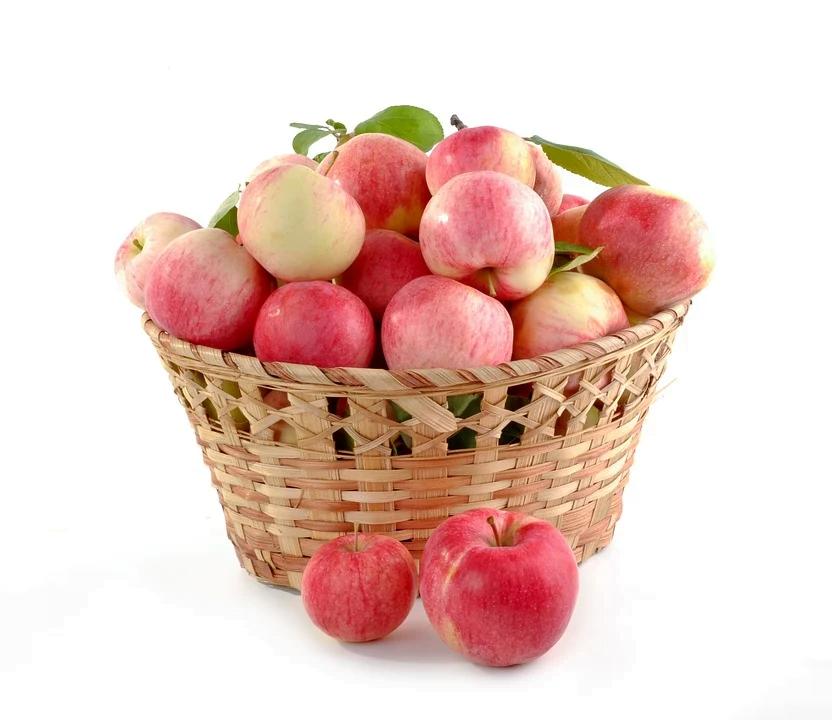
It is important to mention apples here as it is one of the most commonly used fruits worldwide. It contains fructose, which is also a FODMAP.
Bacteria in the colon act on fructose and release gas which may cause bloating and burping.
When taking metformin for diabetes, apple is one of the fruits that is allowed by nutritionists to eat. However, it may worsen gastrointestinal symptoms.
Alternatively, one can switch to berries, oranges, grapefruit, and strawberries.
Rye and barley:
Rye and barley contain lots of fibers. In addition, it contains gluten which is the primary reason people with celiac disease and diarrhea avoid Rye and Barley.
Because of the fiber and gluten content, some people on metformin who are not used to eating lots of fiber and gluten, these foods may worsen abdominal bloating, diarrhea, and abdominal gases.
One can switch from whole-grain barley to refined barley. Alternatively, you can replace it with oats and brown rice.
Dairy products:
One can not avoid dairy products as dairy products are used in almost any food product. Dairy products contain lactose, which may not be digested easily by some people.
Lactose intolerance is a condition when people develop diarrhea after taking a lactose-containing meal such as milk.
Milk and other dairy products may worsen the gastrointestinal side effects of metformin in some people. However, since dairy products contain proteins and calcium, and are essential components of our diet, we can switch to fermented dairy such as yogurt.
Alternatively, one can use lactose-free dairy products including milk such as coconut, almond, and soy milk.
Garlic:
Garlic is another commonly used spice. It may be added to a meal and cooked with it or added as raw to certain side dishes.
Garlic contains Fructans (FODMAP) that are fermented by gut bacteria resulting in the release of abdominal gases.
One can switch to alternative spices like thyme, parsley, chives, and basil.
Sugar alcohols, beer, and carbonated drinks:
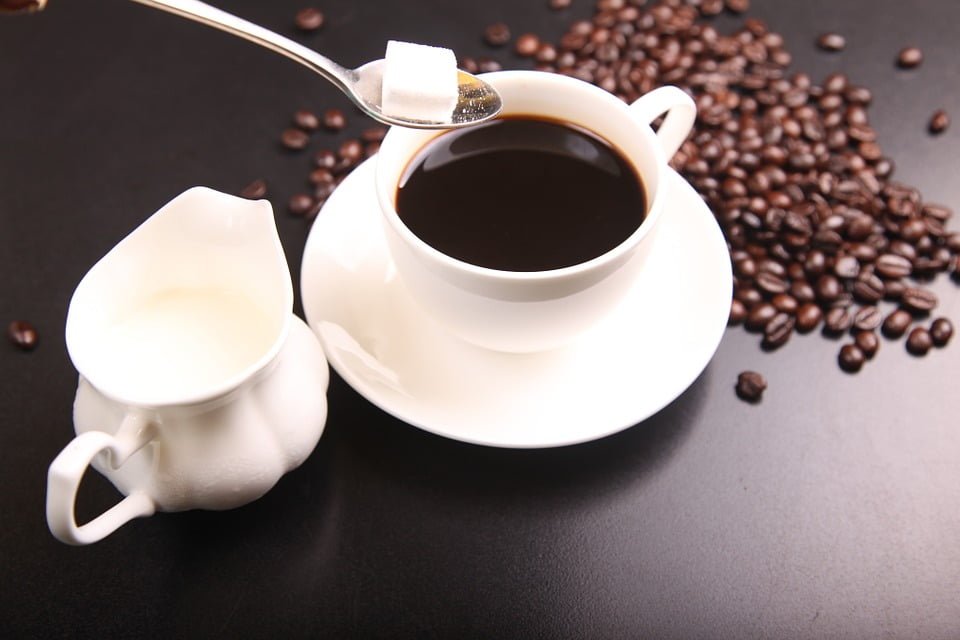
Sugary drinks are not recommended for use by diabetics. This can be the sole reason to avoid sugar alcohol, beer, and carbonated drinks.
In addition, most sugar alcohols contain xylitol, sorbitol, or mannitol which are FODMAPs and can cause bloating and diarrhea.
One can use STEVIA as an artificial sweetener instead.
Likewise, beer is carbonated and contains simple carbs like barley, wheat, rice, and maize which are fermentable and may cause severe bloating and diarrhea.
To minimize the GI side effects of metformin, one can totally discontinue beer. Water is the best beverage.
Carbonated drinks contain lots of carbon dioxide. Swallowing carbon dioxide can cause excessive gases. In addition, carbonated drinks also contain simple carbs which are fermentable.
Fizzy carbonated drinks are not recommended for diabetics. On the other hand, they can also worsen the GI side effects of metformin. Plain water is the best for diabetics.
What other foods should you avoid while taking metformin?
Apart from minimizing the side effects of metformin, there are other foods that one should avoid because they may impair glucose control.
We know that metformin is frequently prescribed for the management of type 2 diabetes. It helps to maintain blood glucose levels within the normal range. The best results are achieved when drug therapy is combined with a good diet and daily exercise.
The basic goal of diabetes treatment is to keep blood glucose levels under control. This is because excessive blood glucose levels can induce chronic renal disease, diabetic neuropathy, neuropathy, erectile dysfunction, and, in the worst cases, gangrene and limb amputation.
Blood sugar control may also increase the risk of other diabetes-related chronic diseases, such as a heart attack or stroke.
Metformin prevents the rise in glucose levels by restoring the body’s appropriate response to the insulin it produces naturally. It acts by decreasing the amount of sugar absorbed by the body and by reducing the production of glucose in the liver.
Diet and physical activity should be carefully monitored while taking metformin to gain the best results. Generally, a low-glycemic, low-caloric & nutrient-dense diet is recommended with metformin.
Foods to avoid while taking metformin for Diabetes Control:
Some foods that should be avoided while using metformin to get the best results with metformin in terms of glycemic control and reducing the complications of diabetes include:
Saturated and Trans Fats:
Obesity is the most common cause of type 2 diabetes. Saturated and trans fats both contribute to weight gain and obesity. In diabetics, saturated fat consumption doubles the risk of inflammatory disorders such as heart disease.
Saturated and trans fats induce inflammation and make weight loss harder. Consuming such items while taking metformin is more likely to increase your risk of problems rather than decrease it.
Healthy fats like olive oil, canola oil, and almonds are OK and should be included in your diet if you’re taking metformin.
Simple & Refined Carbohydrates:
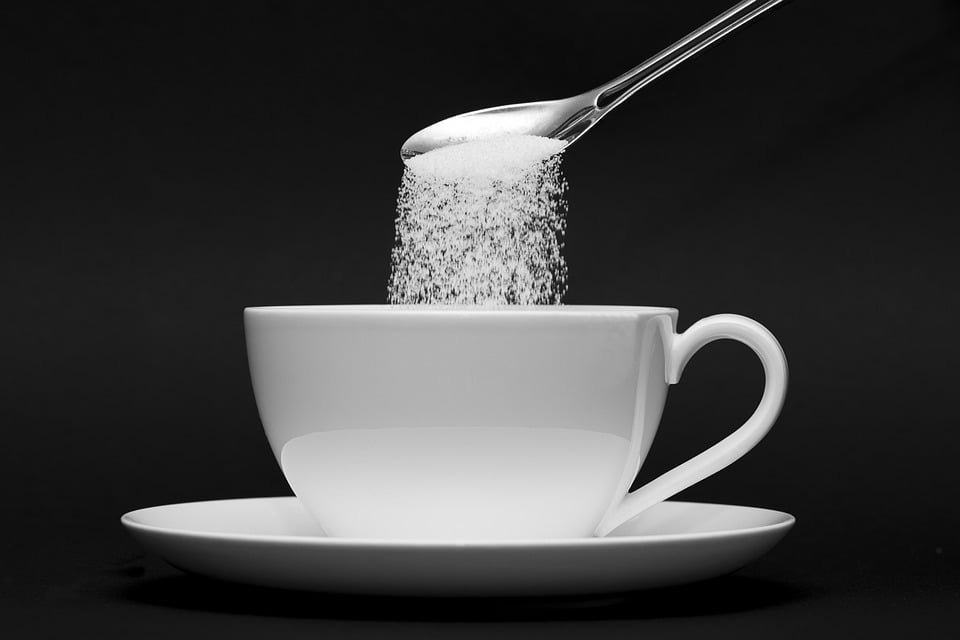
Simple and refined carbohydrates should be avoided while taking metformin. Consuming meals that are high in simple carbs cause a spike in blood glucose levels. Consumption of such foods negates the drug’s impact.
Refined or processed carbs include little fiber and can spike blood sugar levels quickly. Sugary foods might be dangerous as well.
White bread, refined cereals, and grains should be avoided. As much as possible, avoid white spaghetti, candies, carbonated soda, desserts, and refreshments like chips or crackers.
Eating items that can cause blood sugar spikes will not necessarily prevent metformin from working, but it will raise the burden it has to work against.
Excessive Sodium:
Diabetes increases the risk of hypertension and heart disease. Too much salt in the diet also doubles the risk of these complications in diabetics. Aim for no more than 2,300 mg/day.
Alcohol:
Metformin interacts with alcohol; therefore, excessive alcohol consumption must be avoided.
Alcohol use inhibits the liver’s ability to properly metabolize glucose. In diabetics, the sugar metabolism is already disturbed and alcohol consumption further aggravates the condition which decreases the drug efficacy.
Grapefruit:
Grapefruit juice has been known to interact with certain medications due to the active components found in it.
Although no study has proved an interaction of grapefruit juice with metformin, in humans. But old data on animals reveals that grapefruit juice along with metformin causes the accumulation of lactic acid in the liver. But further human data is required to draw any conclusions.
Metformin Diet Guide According to the Basic Five Food Groups:
Generally, it is thought that diabetics have to avoid quite a lot of foods and it is difficult to keep up with the diabetes diet.
But the truth is, people with type 2 diabetes have to eat smart and choose their meals mindfully with careful monitoring of blood sugar levels.
A healthy diet, that keeps the extra pounds off works best with metformin. Here is a food guide according to the basic food groups.
Vegetables:
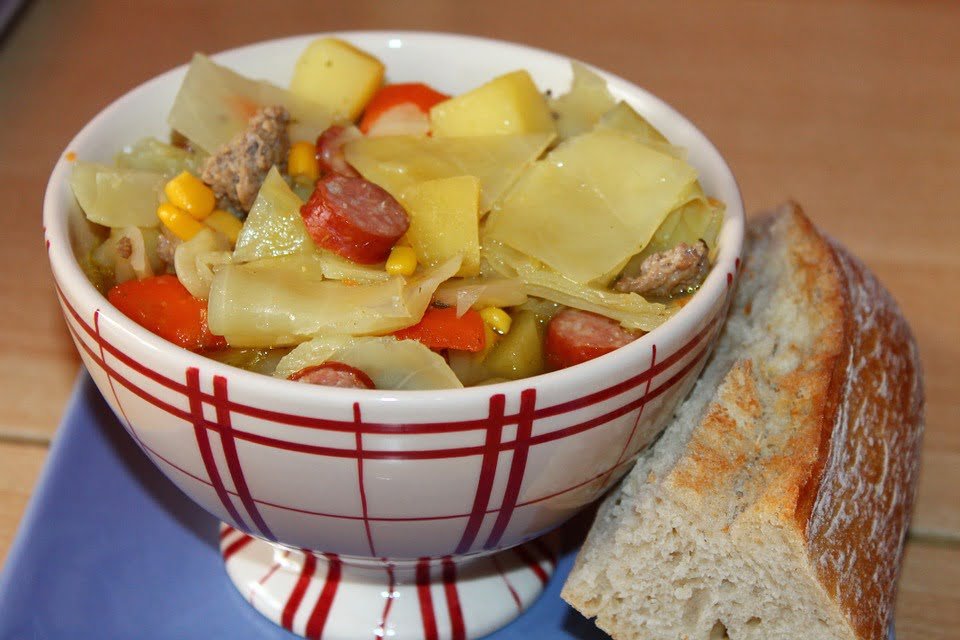
Eat plenty of dark green vegetables like Spinach, Kale, bitter grounds, and cruciferous vegetables like broccoli, cabbage, Brussels sprouts, cauliflower, and lettuce.
Others including tomatoes, cucumbers, asparagus, okra, pumpkin, onions, and garlic are also packed with antioxidants and are low in calories.
Choose roasted or broiled vegetables instead of fried ones. Frying adds extra calories and fats, it also decreases the antioxidant content of the vegetables.
Cauliflower and cabbage can make your abdominal symptoms worse. If you have difficulty tolerating metformin, try to avoid cabbage, cauliflower, and other cruciferous vegetables like Brussel sprouts.
Cereals and Grains:
Eat Whole-wheat bread, pasta, brown rice, and oats. Whole-grain starches give you more
vitamins, minerals, and fiber than white or refined versions. They’re also less likely to cause rapid spikes in blood sugar.
Avoid White bread, chips, and pastries, which quickly increase blood sugar levels.
Fruits:
Eat small portions of low-GI fruits such as apples, pears, apricots, peaches, berries, oranges, kiwi, guava, and plums.
Fruits are low in calories and are loaded with fiber. Prefer eating fruits with the peel to add an extra amount of fiber
Avoid high-sugar fruit jellies and fruit juices. Prefer whole fruits instead of fruit juices. Avoid taking more than 3 servings of fruit at a time.
Apples in particular can worsen abdominal bloating associated with metformin. If you have abdominal side effects after you take metformin, you may try fruits other than apples to better tolerate metformin.
Milk and Dairy:
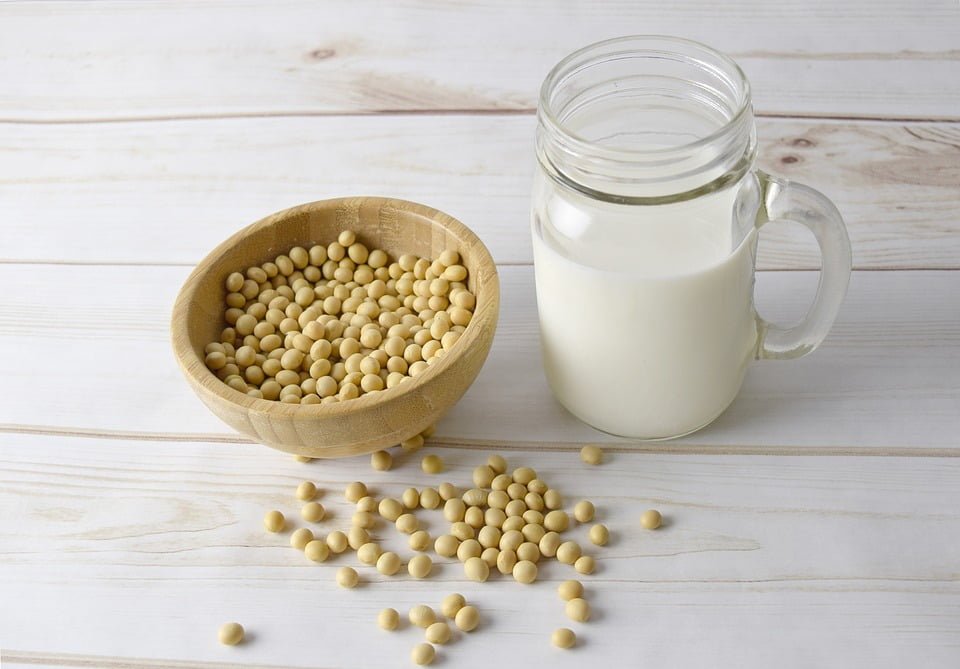
Switch to fat-free milk, yogurt, and cheese. Low-fat dairy provides the right amount of calcium and nutrients while keeping away the excess fats.
Avoid Full-fat dairy products. They come with extra calories and saturated fat, which raises LDL cholesterol
Use Low-fat plain yogurt as a healthy substitute for sour cream.
In addition, you may notice that your gastrointestinal side effects of metformin have worsened after you take dairy products, especially milk. Yogurt and fermented milk or lactose-free milk are good alternatives.
Meat and its Substitutes:
Prefer skinless poultry, lean cuts of red meat, tofu, lentils, beans, and fish. Consume more plant proteins instead of animal proteins.
Avoid fatty portions of meat as well as processed meats such as sausages, hot dogs, and deli meats. Avoid ready-to-cook foods and deep-fried meat products.
Trim visible fat from meat and poultry before cooking with a low-fat method like roasting or broiling.
- 97% Pure Berberine Powder – High-purity, plant-derived extract with a rich yellow color. Carefully processed and lab-tes…
- Naturally Bitter Taste – Berberine has a strong, naturally bitter flavor. Best enjoyed when mixed with smoothies, tea, c…
- 100g in Resealable Foil Pouch – Packaged in a premium aluminum pouch to protect from moisture and light, keeping the pow…

- 5 Delicious Flavors: Freeze-Dried Mango, Freeze-Dried Blueberry, Freeze-Dried Orange, Freeze-Dried Dragon Fruit & Freeze…
- Pure and Natural Ingredients: Our fruit powders are made without synthetic pesticides, GMOs, or harmful chemicals. Each …
- Health Benefits: Our carefully selected fruits are packed with antioxidants, vitamins, fiber, and digestive enzymes to s…

- 🌿 4 Tangy Citrus Flavors in One Pack: Enjoy a delicious variety of Orange, Lime, Lemon, and Kiwi powder – 5 sachets of e…
- 💧Easy to Mix & Refreshing: Just add to water, smoothies, sparkling drinks, or tea for a vibrant citrus kick. Dissolves i…
- 🛡️Rich in Vitamin C & Antioxidants: Made from real fruit powders, this mix offers a natural source of vitamin C to suppo…

- VARIETY PACK – Includes 5 delicious organic berry powder flavors: Freeze-Dried Goji Berry, Freeze-Dried Strawberry, Free…
- PURE INGREDIENTS – Made with 100% natural, freeze-dried berries and absolutely no added sugar, artificial ingredients, o…
- CONVENIENT PACKAGING – Contains 20 pre-portioned 5g packets (100g total), eliminating the need for measuring and ensurin…








